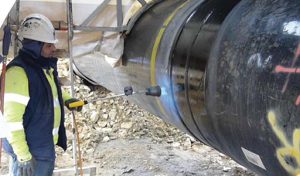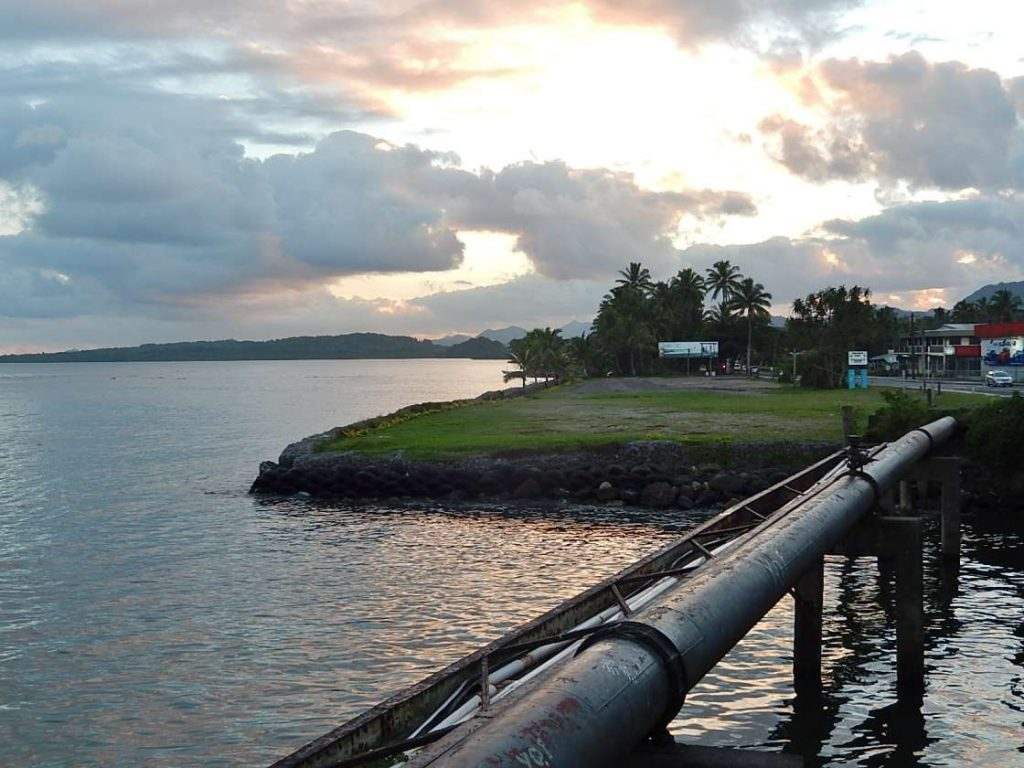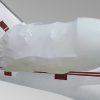Pipelines allow fluid materials to be transported over significant distances. Buried or at the bottom of the seas and oceans, they must be perfectly watertight and the welds between their various elements must be of unfailing solidity so that they convey their contents correctly and completely. The special shrink guns for the Express Shrink Wrapping pipeline range provide solutions that make it easier for operators to ensure proper assembly.
What are pipelines used for?
Pipelines are a means of transporting fluid materials. They are most commonly used for natural gas and other combustible gases, oil and other liquid hydrocarbons, and certain chemical products. They are made of tubes, connected to each other by welding or bolting to form homogeneous networks that cover thousands of kilometres across the planet.
When used to transport liquid hydrocarbons (crude oil or refined oil), pipelines are called oleum pipelines, from the Latin oleum meaning oil and ducere meaning to conduct. The pipeline is then used to transport crude oil from the drilling rig to the refinery or to remote countries where it is sold as is. It is also intended to connect a crude oil storage site to a refinery. Finally, it transports refined petroleum products to the places of consumption.
In the case of water or natural gas, the pipeline is considered to be an aqueduct (aqua) or pipeline.
Regardless of the material they transport, pipelines must be extremely reliable, in particular as they cross a multitude of countries where it is not always easy to intervene, as geopolitics can sometimes be tricky. Under the seas and oceans, water pressure and extreme depths make intervention very complicated.
In addition, the materials transported by pipelines are sometimes subjected to high pressures generated by pumping stations, which put them to a severe test in order to reach their destination.
Express Shrink Wrapping Tools Help Seal Pipelines

Wrapping tools to help seal pipelines
We have seen above that pipeline conduits are made up of a succession of pipes, connected to each other by welding or bolting. This ensures the continuity of the duct, while guaranteeing perfect watertightness. A defect in the weld or bolting would cause a leak of the transported liquid, but also the impossibility to convey the product, due to the drop in pressure.
That’s where Express Shrink Wrapping tools come in. To protect these bolts or welds, heat-shrinkable film positioned at the joints of the elements is used. These sheaths are then shrunk with the guns and other shrink torches provided by the brand. Sometimes neoprene rubber material is used. In both cases the objective remains the same: To protect the pipe joints from all external aggressions and thus enable them to resist external aggressions much longer.
This makes the bolts less susceptible to wear. They are also better protected from rust. A pipeline is exposed to corrosion when it is on land and in contact with the subsoil, but this phenomenon is greatly amplified when the pipe crosses seas and oceans whose salt water is particularly aggressive for bolts.
Operator inspection work
Pipeline inspection personnel may conduct field visits to terminals and pumping stations, but pipeline monitoring is often done by remote monitoring.
Pipe integrity engineers periodically inspect the condition of the pipes. They can act in advance by recommending routine maintenance actions or initiate curative operations when repairs are necessary.
The Express Shrink Wrapping torch ranges make the work of the operators easier, as their easy operation makes it easy to increase the strength of the connected parts, thus ensuring a longer service life.





